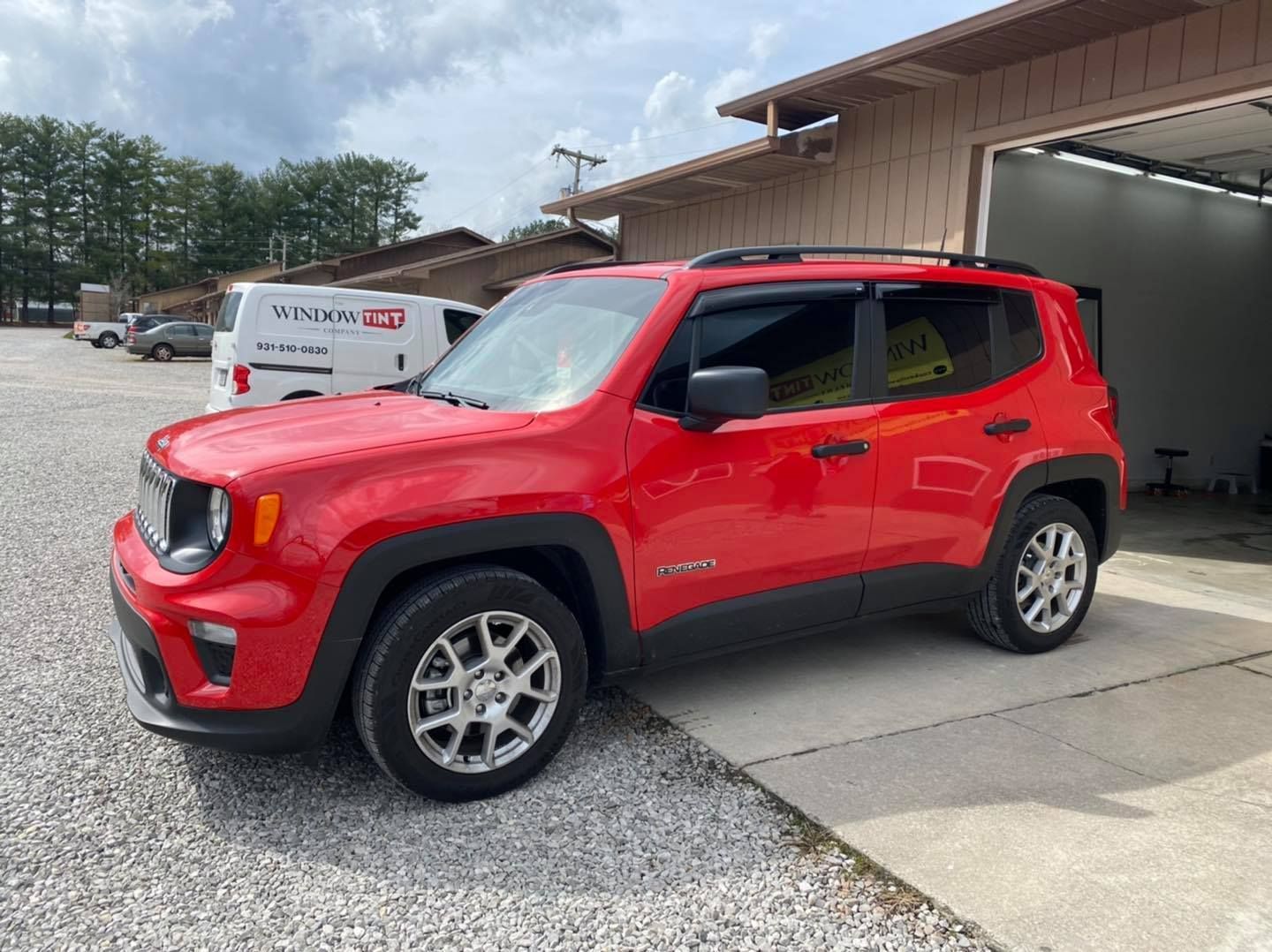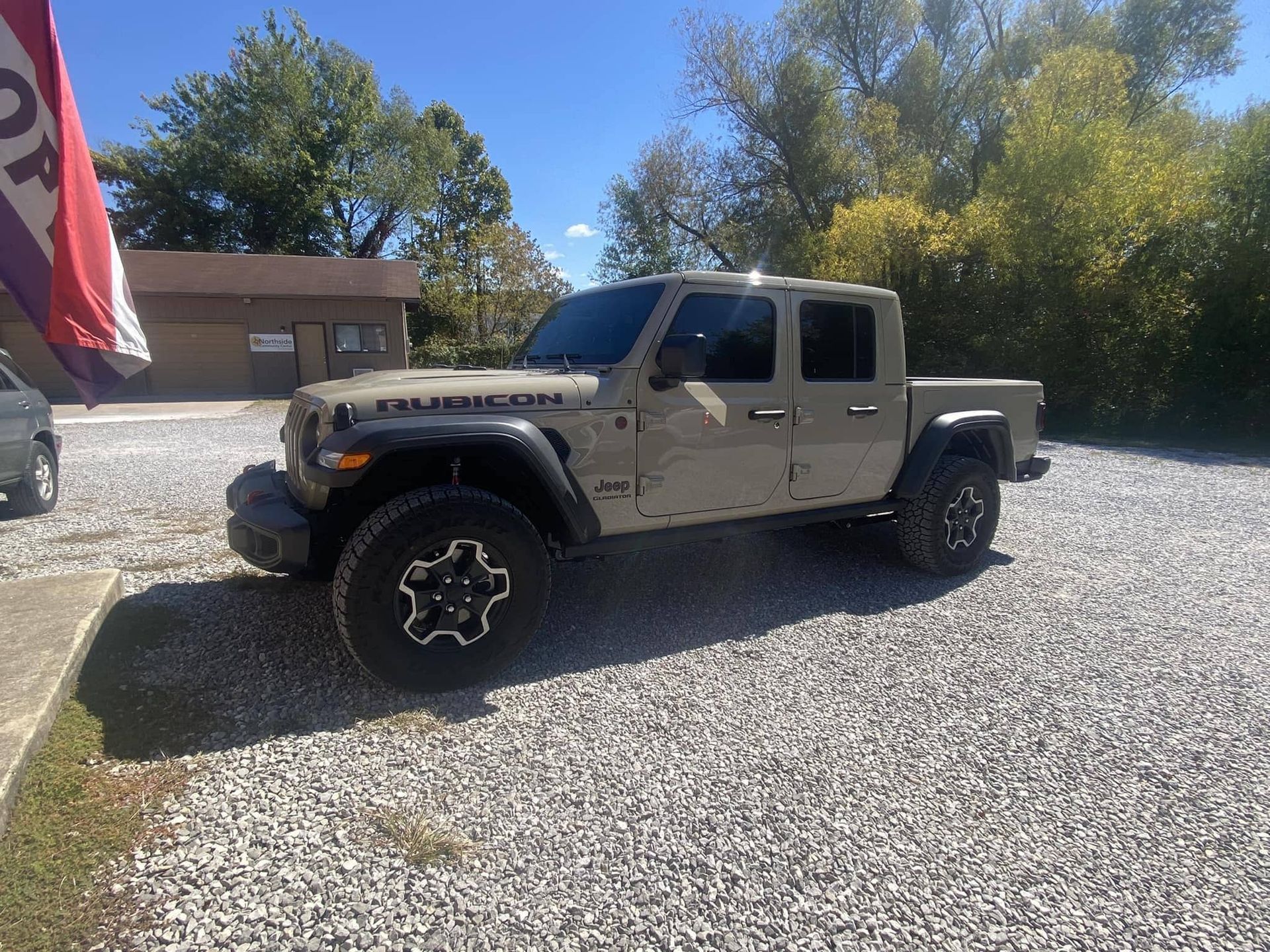Tennessee Window Tinting Laws
Tennessee window tint laws permit 70% VLT on windshields.
All other windows may have 35% VLT (must allow more than 35% of light in). These tinting laws are valid for all vehicle types.
Car window tinting laws in Tennessee were enacted in 1990.
We have provided all the necessary information about your car’s window tint, including how dark or reflective the tint is allowed in your state.
There are also additional car window tinting rules and regulations in Tennessee so make sure you read all about it below.
Window tint darkness in Tennessee
The percent of visible light allowed through your car windows is called VLT: Visible Light Transmission.
The percentage of light allowed through your film and glass in Tennessee is very specific and different for sedan cars and SUV cars or vans.
Tint darkness for sedans:
- Windshield: Must allow more than 70% of light in; any darkness on AS-1 line.
- Front Side windows: Must allow more than 35% of light in.
- Back Side windows: Must allow more than 35% of light in.
- Rear Window: Must allow more than 35% of light in.
Tint darkness for SUV and vans:
- Windshield: Must allow more than 70% of light in; any darkness on AS-1 line.
- Front Side windows: Must allow more than 35% of light in.
- Back Side windows: Must allow more than 35% of light in.
- Rear Window: Must allow more than 35% of light in.
Window tint reflection in Tennessee
Window tint can reflect incoming light and reduce glare and heat.
Tennessee window tint law permits a certain window reflection when using a tint so make sure you pay attention to this as well.
Tint reflection for sedans:
- Front Side windows: No mirrored or metallic appearance.
- Back Side windows: No mirrored or metallic appearance.
Tint reflection for SUV and vans:
- Front Side windows: No mirrored or metallic appearance.
- Back Side windows: No mirrored or metallic appearance.
Other Tennessee window tint rules and regulations:
Tennessee does have several other important laws, rules and regulations pertaining to window tinting. They include the following:
- Side Mirrors: No restrictions on side mirrors.
- Restricted Colors: No colors of tint are explicitly restricted.
- Certificates: Film manufacturers are not required to certify the film they sell in Tennessee.
- Stickers: The sticker to identify legal tinting is required between the film & glass on the driver’s side window.
- Medical Exceptions: Tennessee law allows medical exemptions for special tint. For more details about the specific terms of the exemption, consult your state law.
Keep in mind that Tennessee tinting laws and regulations may be interpreted differently in your county or place of residence.
We always recommend double-checking our information with your local DMV or law enforcement authorities.
Our information about window tint laws in Tennessee was last updated in 2024.
Tinting laws in Tennessee were enacted in 1990.
In case any of our info provided is not up to date or correct be sure to contact us so we can fix it. Thanks!
Trusted industry leader in providing accurate window tint laws. Share with confidence:
What is the darkest legal tint in Tennessee?
In Tennessee, the darkest legal tint allowed for vehicles is carefully regulated to ensure driver safety and compliance with state laws. For the front side windows, the law mandates a minimum of 35% visible light transmission (VLT), meaning that 35% of light must be able to pass through the window. This ensures that drivers have sufficient visibility. The rear side windows and the back windshield can have a darker tint, with a minimum VLT of 35%, providing additional privacy and protection from the sun. However, there are no specific restrictions for the rear side windows and back windshield as long as it complies with 35% VLT. The windshield itself may have a non-reflective tint only on the top five inches. These regulations are designed to balance the benefits of window tinting, such as heat reduction and UV protection, with the need for clear visibility on the road. Compliance with these tint laws helps drivers avoid fines and ensures safer driving conditions.
Benefits of Legal Window Tinting in Tennessee
Legal window tinting in Tennessee offers a range of benefits while ensuring adherence to state regulations. One significant advantage is the reduction of interior heat, which is especially useful during Tennessee's hot summers, making the driving experience more comfortable. Window tinting also provides protection from harmful UV rays, helping to prevent the vehicle's interior from fading and cracking over time. Additionally, it offers increased privacy by making it harder for potential thieves to see inside the vehicle, thus enhancing security. Legal window tinting also reduces glare from the sun and headlights, improving visibility and driving safety. By complying with Tennessee's tint laws, vehicle owners can enjoy these benefits without risking fines or penalties, ensuring both comfort and safety on the road.
Consequences of Illegal Tint
Going beyond the legal limits can lead to fines, inspection issues, and reduced visibility, so it's best to stay compliant.
Conclusion
In Tennessee, adhering to the legal window tint limits ensures both your safety and compliance with the law. By staying within the regulations, you can enjoy the advantages of window tint while avoiding fines and potential road hazards. So, when considering window tint for your vehicle, remember to keep it legal and make the road a safer place for everyone.

BUSINESS HOURS
Monday - Friday: 8AM - 4PM
Saturday - Sunday: CLOSED
All Rights Reserved | Cookeville Window Tint






